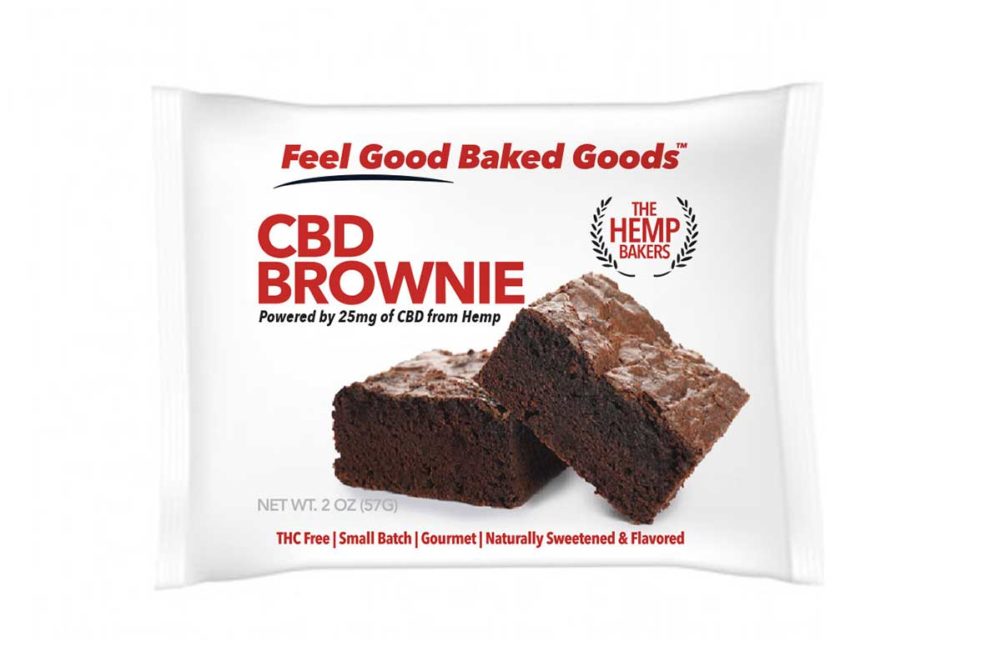Like with all living plants, the C. sativa plant experiences ongoing chemical reactions that alter its composition until the plant is harvested and then physically processed to make it inert. In the early stages of growth of C. sativa, cannabigerolic acid (CBGa) develops. As the plant grows, it is transformed into various cannabinoid compounds, with one of the first compounds being cannabidiolic acid (CBDa).
“A key differentiator for CBDa, as compared to CBD ingredients, is that it is extracted from young hemp leaves without heat,” said Chris Boucher, chief executive officer, JuiceTiva, Laguna Beach, Calif.
JuiceTiva markets hemp juice powder made from fresh-picked, California-grown non-GMO hemp leaves. The hemp leaves are immediately packed into refrigerated trucks and delivered to the company’s processing facility where they are cold pressed into fresh, pure hemp juice.
“The final step is a proprietary process that creates crystalline hemp juice powder,” Mr. Boucher said. “Our process locks in the inherent compounds to deliver the maximum hemp superfood value.”
Research shows that CBDa is up to 18 times more bioavailable than CBD because it is not in an oil form. The JuiceTiva ingredient contains no THC but does contain vitamins, minerals, essential fatty acids and cannabinoids mainly in the form of CBDa.
“CBDa gives you more bang for your buck as a CBD ingredient, allowing the body to absorb more of the nutrients and enzymes,” Mr. Boucher said. “Also, in clinical research, taking CBDa results in three times more cannabinoids reaching the bloodstream compared to CBD alone.”
Mainstream CBD ingredients are extracted from mature plants using heat. They are extracted as an oil, which limits their solubility. CBDa, on the other hand, is 100% water-soluble in liquid.
“When the raw cannabis plant is exposed to heat, the CBDa loses its acid molecule and is transformed into CBD,” Mr. Boucher said. “The final product contains a small amount of CBDa and a generous amount of CBD.”
Not all CBD is created equal, and not all hemp ingredients contain CBD. Further, not all non-CBD hemp oil ingredients contain the same nutrient profile. They vary in protein, fat, fiber and other nutrient contents.
“Some products such as hemp seed oil, hemp protein and hemp hearts don’t typically contain CBD. They are common food ingredients due to their beneficial nutritional content,” said Drew Hathaway, senior food scientist, Caliper and Ripple. “Hemp hearts and hemp seed oil are highly nutritious ingredients as they’re rich in two essential unsaturated fatty acids: alpha-linolenic acid (omega-3) and linoleic acid (omega-6). Hemp protein is emerging as a trendy way of adding sustainable plant-based protein to a variety of products and could work well in many products that already contain another plant-based protein such as pea protein, as they have similar functionality.
“They are a ‘safer’ bet for food companies that would like to participate in the trendiness of hemp without having to actually add CBD to their products,” Mr. Hathaway continued. “All of these hemp-derived ingredients benefit from existing trends within the food industry, such as sustainability, plant-based and clean label/natural ingredients.”
Still, many marketers, especially in states where marijuana is legal, want to include CBD for its purported health benefits. The good news, according to Mr. Hathaway, is that CBD is rather easy to work with in food formulations.
Caliper has conducted multiple pharmacokinetic studies with Colorado State University to understand how the absorption profile of its water-soluble CBD powders and liquids differ from oil-based CBD formulations.
“Through those peer-reviewed studies we’ve shown that our products have a much faster absorption and higher overall bioavailability compared to the oil-based formulations,” Mr. Hathaway said.
Kemin is launching two hemp CBD distillates under the Luxiva brand. The full-spectrum extracts contain a minimum of 60% CBD content with either a total THC content of less than 0.1% or 0.3%.
“They are USDA-certified organic and fully traceable to hemp farms in the Midwest United States,” said Tyler Holstein, global product manager. “Kemin ingredients conform to the law and requirements governing hemp to help customers get new products to market quickly. They provide the added benefit of certification by a credible source, something that CBD consumers look for when making their purchase decisions.”
CBD-infused baked goods and snacks require a close eye on temperature as this can have an impact on efficacy.
“Knowing the internal temperature of the baked good is key to knowing if you can retain the CBD content in your final product,” said Hilary Brown, director of technical and analytical services, SōRSE Technology. “The other concern is the format of the CBD, whether it’s oil- or water-soluble. If you are making a cookie and are using butter, for example, then you could use a CBD oil. If you were to use a water-soluble emulsion, you would have to be mindful of the water content of the final product.”
This article is an excerpt from the August 2022 issue of Baking & Snack. To read the entire feature on Cannabis & CBD, click here.





